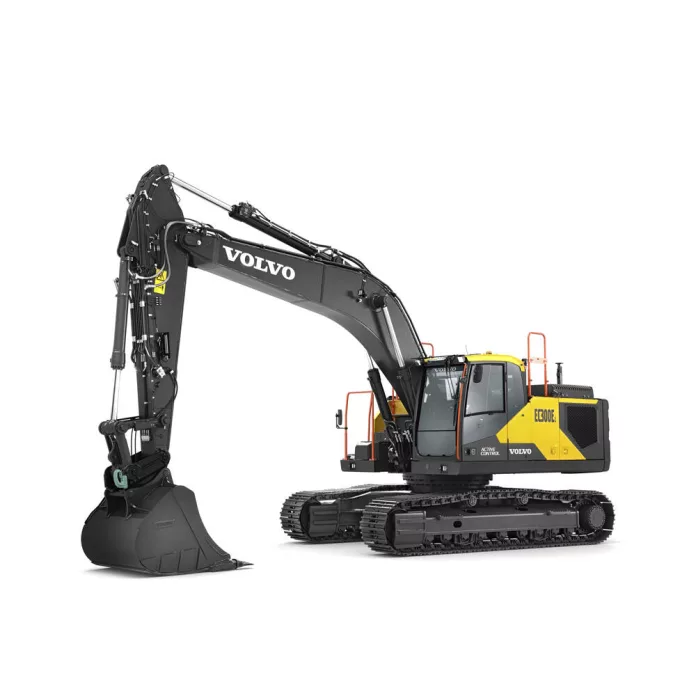The conversation surrounding electric vehicles (EVs) commonly centers on the consumer market—cars, SUVs, and light-duty trucks. However, in the shadows of this focus, an evolution is quietly transpiring in the sector of heavy-duty and medium-duty commercial EVs. This niche yet significant market was recently explored through a three-part podcast series featuring interviews with Volvo Construction Equipment’s (Volvo CE) experts. Listen to the fascinating discussions on Spotify or SoundCloud via the embedded players within this article.
The Transition to Electrification in Construction Equipment
Dr. Ray Gallant, Vice President of Sustainability and Productivity Services at Volvo CE, emphasizes the importance of electric construction equipment surpassing their diesel-powered forerunners. Achieving this entails maintaining, if not boosting, productivity on job sites while simultaneously slashing emissions. The benefits extend beyond environmental impacts; electric models offer quieter operation, reduced vibrations, and lower maintenance and operational costs. As technology advances, the transition to electric becomes an increasingly compelling proposition for the construction industry.
Enhancing Green Credentials with Improved Battery Technologies
Batteries represent the lifeblood of electric construction equipment, and Tora Leifland, Head of Public Affairs at Volvo CE, shines a light on their ongoing efforts to refine the battery life cycle. From investing in in-house battery cell production to promoting battery recycling and advocating for second-life applications, these initiatives are crucial to shrinking the carbon footprint of EV batteries. Some progressive cities, like Oslo, are already mandating the switch to electric construction equipment for municipal projects by 2025, further propelling the industry towards cleaner and greener solutions.
Starting Small: Volvo CE’s Electrification Path
In their podcast series, Volvo CE detailed their strategic approach to electrification, initially focusing on compact equipment. Compact models can efficiently operate on low-voltage battery packs without compromising on size or weight. However, as one moves up to larger machinery, the demand for higher-voltage batteries increases. Dr. Gallant outlines that while battery electric solutions are their starting point, they recognize the need to progress to alternative technologies as they scale up in equipment size. This methodical approach ensures a thoughtful and effective shift towards an electrified fleet.
Charging Challenges and Innovations for Remote Job Sites
Power availability is a significant hurdle when deploying electric construction equipment, particularly in remote or undeveloped areas. Dr. Gallant, together with Product Manager Daniel Black, discusses the creative strategies being employed to overcome these challenges. Three concepts are highlighted: connecting to grid power when available, transporting portable power to the machines, and generating on-site power via microgeneration systems. They also delve into the prospects of smarter charging solutions through the application of telematics to optimize energy usage, cost, and asset efficiency on the job site.
This rewrite presents the information in a structured and engaging format, with clear headings delineating the key points of the original text and providing an accessible entry point for readers interested in the future of electric construction equipment.
























